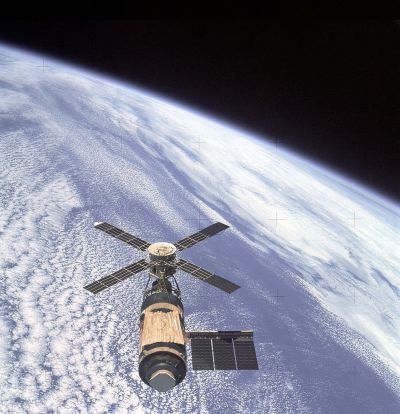As part of the EU's Copernicus programme, the first Sentinel satellites
were launched in April 2014 with the support of the European Space
Agency (ESA). Placed in low Earth orbit, they will provide the clearest
pictures ever obtained of our planet's land, seas and atmosphere. One of
the most innovative uses of Copernicus data will be to mitigate the
effects of natural hazards.
In particular, the Copernicus Emergency Mapping Service (EMS) will
monitor the effects of natural disasters in Europe and the rest of the
world. Within the EU-funded
SENSUM
project, researchers have developed the software tools to make maps of
earthquakes, floods and landslides readily accessible to everyone — from
town planners to the general public.
The SENSUM tools integrate data from the Earth observation
satellites with ground-based systems, such as omni-directional camera
surveys. The combination is expected to lead to more robust estimates of
the potential losses. For example, the software identifies which
Copernicus observations best show the patterns of extreme rainfall and
the infrastructure at risk.
From the beginning, project researchers relied on free and open
source software to allow the wide dissemination of maps to disaster
management authorities. More importantly, the tools translate
observations from Copernicus into information that is easy to interpret
even by untrained people. The general public can also view the relevant
observations to prepare for and respond to a natural disaster.
As more Sentinel satellites will follow in the coming years, with
the last Sentinel scheduled to be placed in orbit around 2030, the
Copernicus observational capacity will improve. At the same time,
SENSUM's software tools could grow from experimental to fully fledged
services that will help authorities quickly direct their emergency
resources.

